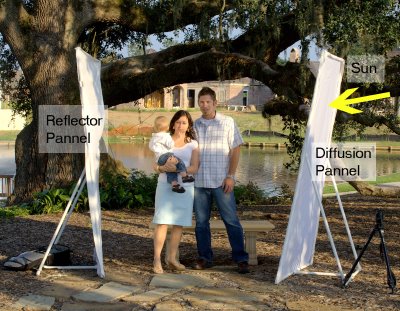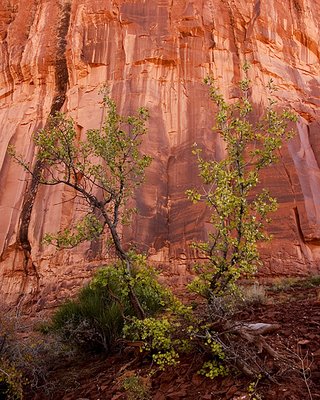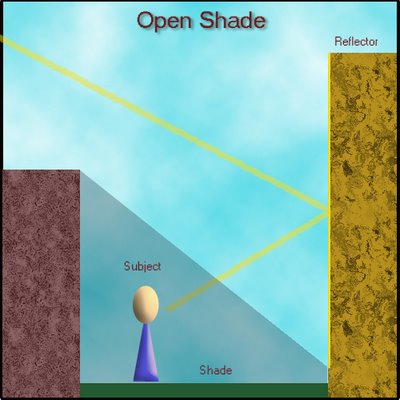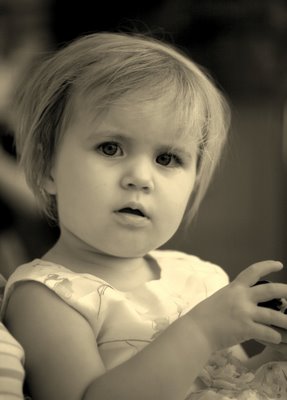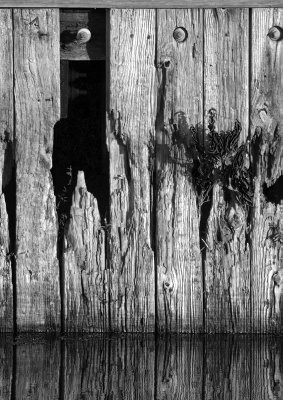 What is beauty? Is it defined by a majority view or aesthetic? Is it defined by the individual viewer's eye?
What is beauty? Is it defined by a majority view or aesthetic? Is it defined by the individual viewer's eye?There is no question that there is a majority aesthetic, we see examples in popular magazines of landscapes and people that are "beautiful". Think about cultures around the world or throughout time, this majority aesthetic changes depending on cultural influences. If you have taken an art history class, you see how trends in culture and art shift and flow over time.
Television and photography has an inherent ability to shrink the world. When more and more people are influenced and told what beauty is and how it is suppose to look the majority aesthetic grows.
Anyway, I am blabbing about this because I find that people who are creative often march to a more unique tune when it come to what they like. I think the actual creative process releases our minds or spirits to think more independently and find a more internal gauge for beauty than simply the television. It is a process of growth and maturity.
Does this mean that you have to disagree with the majority opinion of beauty to be "mature"? Absolutely not! Just as foodies will find their "taste" (no pun intended), if you enjoy art or photography take the time and look inside for your own visual taste.
Develop your visual "taste".
Thomas Even
www.pbase.com/tomeven




